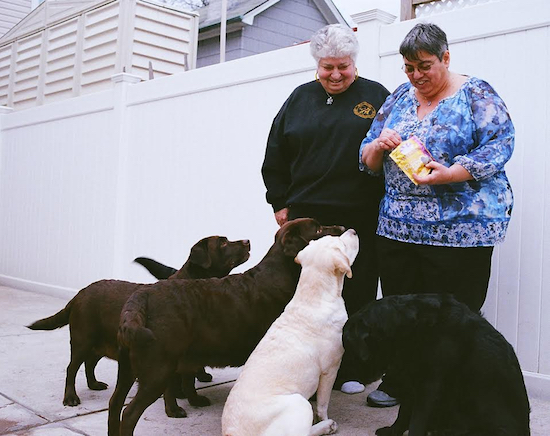In show-dog circles, breeders in big cities are a small pack

Frankie, a Cardigan Welsh corgi pup, sits among toys in the New York apartment of his breeder Angela Reilly. Reilly is among the relatively small ranks big-city dwellers who work to breed show-quality dogs. Angela Reilly via AP
In the dog world, Angela Reilly is a rare breed.
Like many show-dog owners, Reilly has bred her own puppies. But she did it in a Manhattan apartment.

Brooklyn Boro
View MoreNew York City’s most populous borough, Brooklyn, is home to nearly 2.6 million residents. If Brooklyn were an independent city it would be the fourth largest city in the United States. While Brooklyn has become the epitome of ‘cool and hip’ in recent years, for those that were born here, raised families here and improved communities over the years, Brooklyn has never been ‘uncool’.